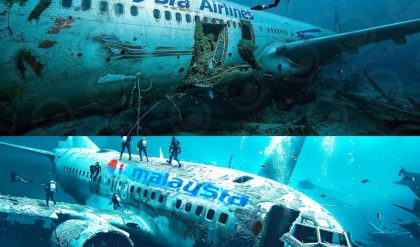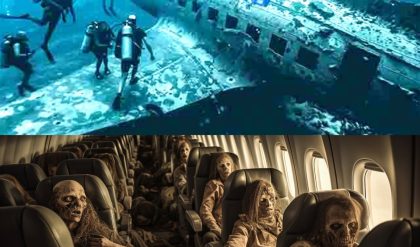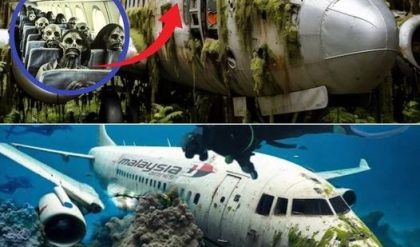Saudia Flight 163 is one of the tragic events in aviation history, but it’s essential to clarify the factual details. The actual incident involved a fire on board, but the cause was not a flock of birds. Let’s delve into the real events of Saudia Flight 163 and imagine a hypothetical scenario involving a bird strike for comparison:

The Real Incident of Saudia Flight 163
On August 19, 1980, Saudia Flight 163, a Lockheed L-1011 TriStar, took off from Riyadh International Airport bound for Jeddah. Shortly after takeoff, a fire broke out in the aft cargo compartment. Despite the crew’s awareness of the situation and their decision to return to Riyadh, the plane safely landed, but the fire continued to spread. Tragically, due to a series of delays and procedural failures, the evacuation was not carried out promptly, and all 301 passengers and crew on board perished from smoke inhalation before they could escape.
Hypothetical Scenario: Bird Strike and Engine Fire
In an imagined scenario where Saudia Flight 163 encounters a catastrophic event due to a bird strike, the sequence might unfold as follows:

-
Initial Impact: Shortly after takeoff, the aircraft encounters a massive flock of birds, approximately 20,000, which is an extremely rare and unusual event. A significant number of birds are ingested into the engines, causing immediate and severe damage.
-
Engine Failure: The ingestion of birds causes one or more engines to fail, potentially igniting a fire in the damaged engine(s). The crew would immediately be alerted to the engine failure and the presence of fire through cockpit indicators and alarms.
-
Emergency Procedures: The flight crew would declare an emergency and follow standard procedures to shut down the affected engine(s) and attempt to extinguish the fire. They would then prepare for an emergency landing at the nearest suitable airport, which in this case would be Riyadh International Airport.
-
Landing and Evacuation: The aircraft makes a rapid descent and approach for an emergency landing. Once on the ground, the crew would prioritize a quick evacuation of passengers, deploying emergency slides and directing everyone to exit the aircraft as swiftly as possible.
-
Survivor Outcome: In this hypothetical scenario, the effectiveness of the evacuation and the quick response of emergency services would be crucial in determining the survival of passengers and crew. Ideally, the rapid evacuation would prevent casualties and minimize injuries.

Learning from History
The real tragedy of Saudia Flight 163 emphasizes the importance of rigorous emergency response protocols, efficient crew training, and the need for immediate evacuation in the event of a fire. Modern aviation has since implemented improved safety measures, including better fire detection and suppression systems, enhanced crew training, and stricter regulations to prevent similar disasters.
While the imagined scenario involving a bird strike and engine fire adds an element of dramatic circumstance, the key lessons remain centered around preparedness, quick response, and the relentless pursuit of safety improvements in aviation.





